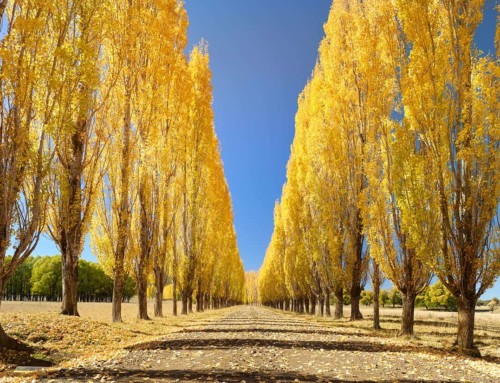It’s not hard to see why so many landscape photographers dream of an opportunity to spend some time in the mountains. After all, the very sight of snow-capped mountain peaks is synonymous with concepts like tranquility, majesty, and awe. It’s only natural to want to add your own take on such a wonderful thing to your own growing landscape photography portfolio.
As you might expect, there’s a special art to making sure your mountain shots are everything they ought to be. Here are a few things to keep in mind to make sure your shots and your shooting experience go smoothly.
- Don’t let your shoot revolve around the so-called golden hours.
Yes, sunrise and sunset are typically the best times to shoot landscape photography to remember. Sometimes this can be true of mountain shots as well. However, many mountain locations feature peaks that are far too tall to ensure the golden hours’ typical magic (much to the disappointment of eager photographers). Sometimes the golden hours never really occur at all due to the way certain peaks can full-on block the sun during those times, so definitely be open to shooting at other times of day. Otherwise, you risk doing all that waiting only to be disappointed.
- Be careful of distracting shadows.
You’ll probably run into a lot of instances where it seems to make sense to keep the sun at your back so that you can get a majestic shot of a mountain range without it being in shadow. However, you’ll want to be wary of landscape features that cast unnecessary, less than natural shadows into your shot – pine trees, for instance, or tall rock formations. Keep the possibility of unnatural shadows in mind when you’re looking for a spot to set up shop for the afternoon.
- Realize that a sweeping vista isn’t your only option.
When you’re exploring your way through the mountains, it’s hard not to fall so in love with the sprawling views in front of you that you must capture what you’re seeing on film. However, it’s important to realize that beautiful views and beautiful photos are two different things altogether. Without a clear focal point, your shot won’t be balanced in the way it needs to be to make the impact you’re after. Keep focal points in mind when putting together your compositions. Even a vista or a wide shot needs to have one.
- Remember that you’ll be doing a lot of hiking.
This means that you need to consider the weight of the gear you’ll be carrying while you’re looking for the right place to snag a shot. Difficult, challenging terrain coupled with thin mountain air could leave you gasping for breath after lugging your full-weight tripod and full gear pack along over the course of an afternoon. Pack for your trip with this in mind. Otherwise, you could quickly wind up wishing you’d traveled lighter, not to mention feeling anything but creative once you reach your destination.
As is the case with any special terrain, mountains come along with their own unique set of challenges to consider. Just be prepared for what those challenges bring and you can be sure of coming home with plenty of new shots to remember.





